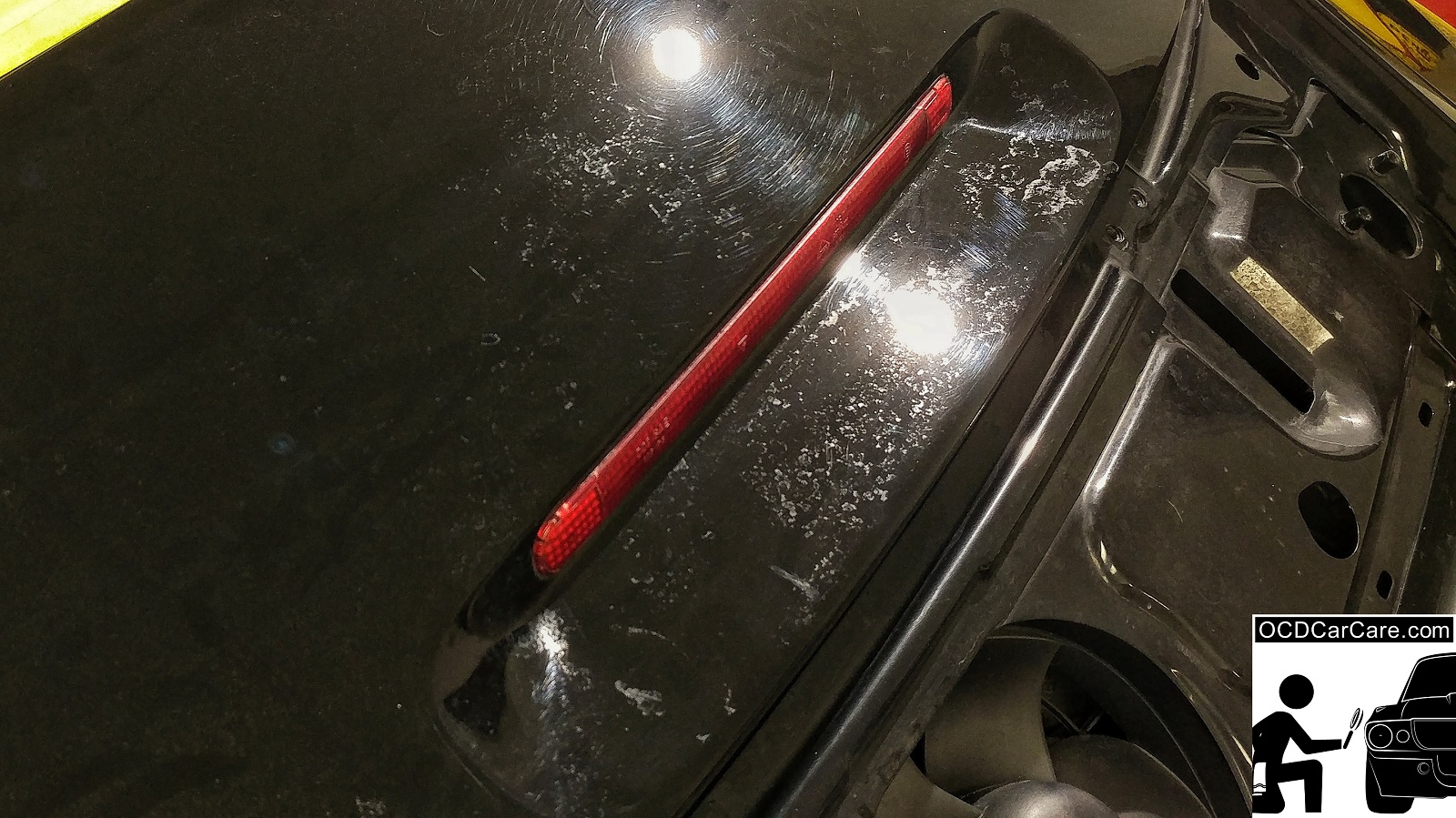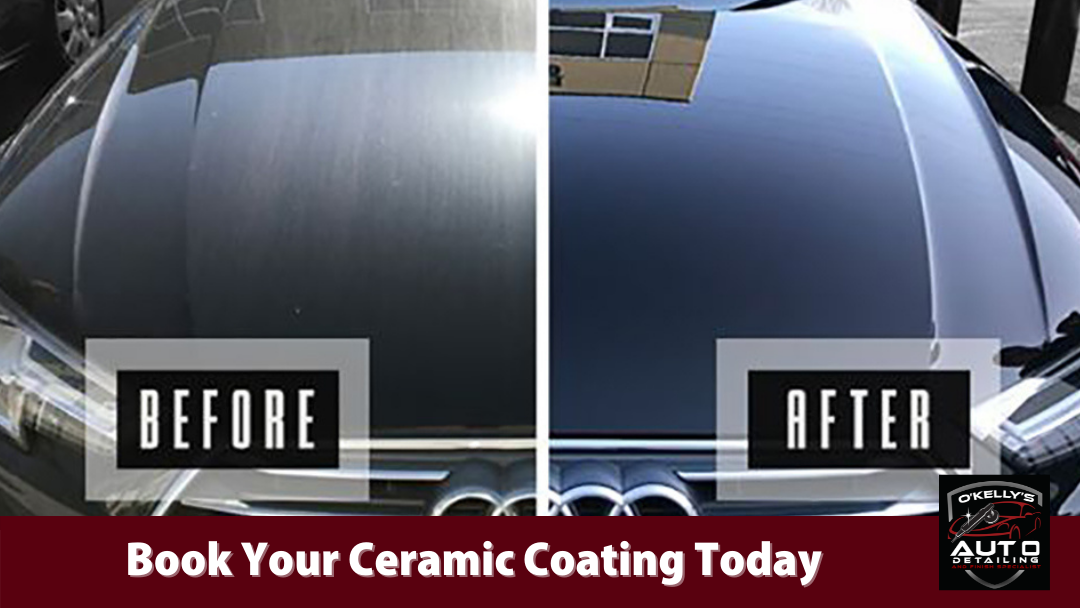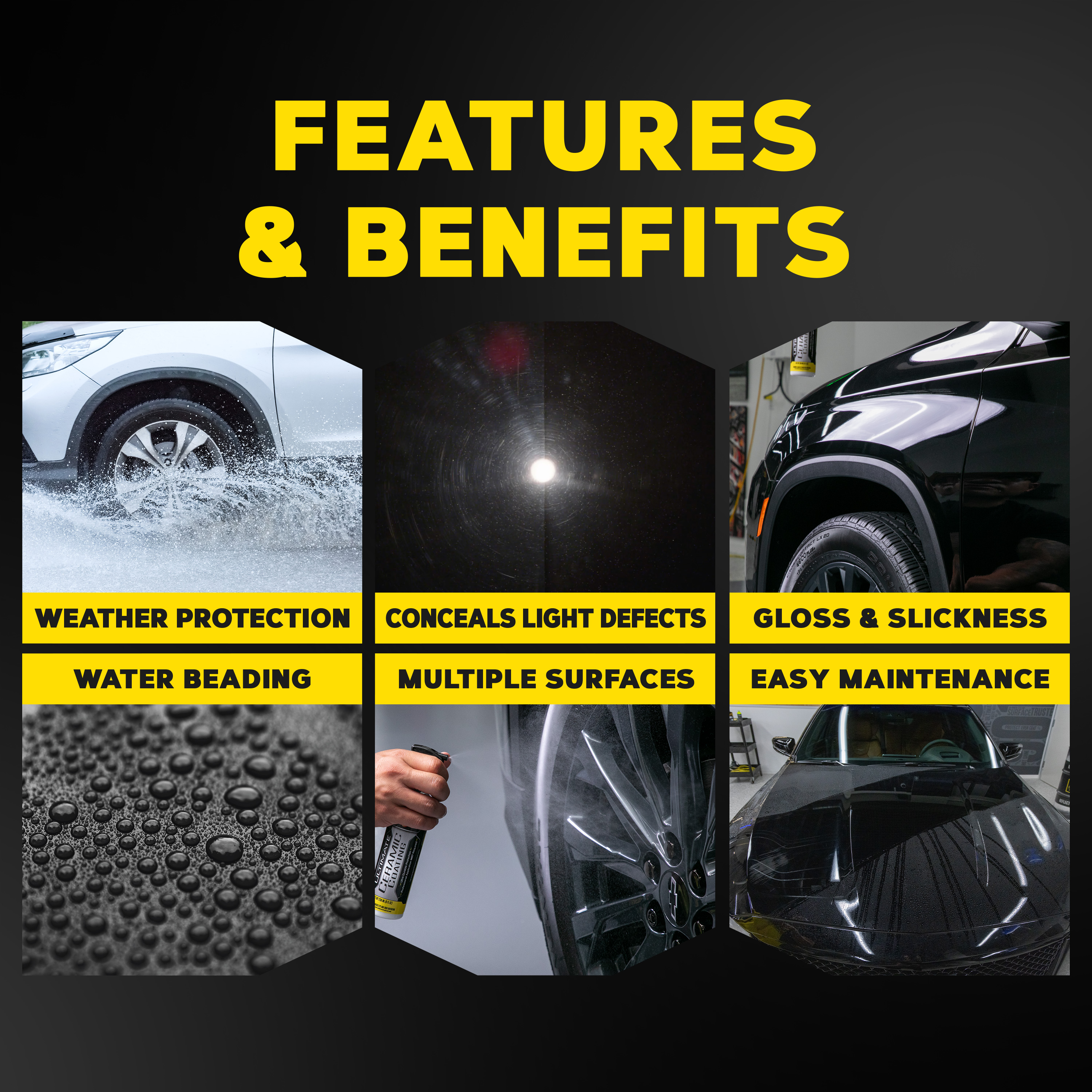Ceramic Covering vs. Standard Wax: Which Provides Much Better Long-Term Security?
The discussion in between ceramic finishes and traditional wax for automobile security has actually amassed substantial interest among automobile fanatics and professionals alike. While both satisfy of safeguarding paint, their differences in toughness, application, and long-term upkeep prices might influence a consumer's option. Ceramic coverings flaunt premium long life and resistance to environmental variables, yet the complexity of their application questions concerning access and practicality. As we check out these contrasting options, it ends up being necessary to think about not only the instant advantages however also the implications for vehicle care over time.
Overview of Ceramic Finish
Ceramic covering has acquired considerable appeal among vehicle fanatics and detailers alike as a result of its advanced protective top qualities. This cutting-edge innovation is created to create a resilient, hydrophobic guard over a vehicle's paint surface, considerably boosting its resistance to environmental impurities such as dust, UV rays, and chemical stains. Unlike typical wax, which supplies a momentary layer of defense, ceramic coatings bond at a molecular degree with the paint, offering durable longevity-- usually prolonging past 2 years with correct maintenance.
The application process includes careful preparation of the car's surface, including cleaning and brightening to make certain optimal attachment. When applied, the finish treatments to create a robust layer that not only adds deepness and gloss to the paint but also simplifies maintenance. With its hydrophobic residential or commercial properties, ceramic layer allows water and dirt to glide off more easily, lowering the regularity of washes and minimizing the danger of swirl marks.
Moreover, ceramic finishings are available in numerous formulations, enabling individuals to pick items tailored to their specific requirements and choices. Generally, ceramic covering stands for a significant advancement in paint defense modern technology, delivering remarkable performance contrasted to traditional options.
Overview of Traditional Wax
Commonly concerned as a staple in vehicle treatment, wax works as a popular choice for those seeking an uncomplicated technique to improve and safeguard their lorry's paint - ceramic coating. Automotive wax normally makes up natural ingredients, such as carnauba, or artificial substances, made to develop a protective layer externally of the paint. This layer not only boosts the car's gloss and shine but additionally gives a barrier against environmental contaminants
The application of wax is usually user-friendly, making it available for both experts and DIY enthusiasts. It can be used by hand or equipment, allowing for adaptability in the outlining process. As soon as used, wax requires a curing period, after which it solidifies to develop a protective shell. Wax is additionally known for its ability to repel water, advertising a beading effect that helps in the prevention of water areas and corrosion.
However, while wax is efficient for boosting the aesthetic charm of a lorry, it is very important to note that the protection it uses may necessitate much more constant reapplication compared to different products, such as ceramic coatings. In general, conventional wax continues to be a preferred option for those prioritizing convenience of use and instant visual improvement.
Toughness and Durability Comparison
While both ceramic coatings and traditional wax offer safety benefits for automobile paint, their durability and longevity vary substantially. Conventional wax, generally made from natural carnauba or synthetic polymers, normally supplies a protective layer that lasts approximately three to 6 months. This fairly brief lifespan demands regular reapplication to maintain optimal protection.
In comparison, ceramic layers are engineered from advanced nanotechnology, creating try this a covalent bond with the paint surface. This causes a durable, hydrophobic layer that can sustain for 2 to five years, depending on the item and ecological problems. The superior longevity of ceramic coatings is associated to their chemical structure, which provides improved resistance to scrapes, UV rays, and oxidation.

Defense Versus Environmental Elements
Shielding a vehicle's paint from environmental elements is crucial for preserving its look and value over time. Cars are regularly revealed to a variety of elements, including UV rays, bird droppings, tree sap, acid rainfall, and roadway crud, all of which can compromise the integrity of the paintwork.
Ceramic finishings provide a robust protection against these environmental assailants. Unlike typical wax, which can break down promptly under UV direct exposure, ceramic finishings develop a resilient, hydrophobic layer that withstands the harmful results of sunlight and ecological toxins. This advanced technology creates a chemical bond with the vehicle's surface area, using superior security that lasts for many years, also in extreme problems.
In comparison, ceramic coverings keep their protective top qualities longer, dramatically reducing the danger of paint damage and making sure that the automobile keeps its visual charm. As an outcome, ceramic layers are significantly acknowledged as the remarkable choice for lasting security versus ecological aspects.
Application and Maintenance Distinctions
The methods of application and subsequent maintenance for ceramic coatings and conventional wax differ substantially, affecting the see here now general individual experience and performance of each item. Ceramic coverings call for an even more elaborate application procedure, usually entailing surface area preparation that includes washing, decontaminating, and brightening the car. As soon as the surface prepares, the ceramic finish is applied in a regulated environment, often needing professional proficiency to make sure appropriate treating and bonding to the paint.

While both items boost car appearance, the longer-lasting security used by ceramic coatings might warrant their initial financial investment, in spite of the more requiring application procedure. Conversely, traditional wax stays a preferred option for those looking for a less complex, albeit short-term, option.

Final Thought
Finally, ceramic coverings demonstrate substantial benefits over conventional wax in regards to longevity and environmental management. With a lifespan extending two to 5 years and remarkable resistance to UV rays, dust, and chemical discolorations, ceramic coverings supply a more efficient remedy for long-lasting lorry maintenance. Although the application process may require professional expertise, the resulting expense financial savings and decreased frequency of reapplication highlight the worth of ceramic coatings for those looking for ideal automobile security.
The discussion between ceramic finishings and typical wax for lorry protection has amassed substantial attention amongst automobile fanatics and professionals alike. Unlike standard wax, which gives a short-term layer of security, ceramic finishes bond at a molecular level with the paint, providing resilient toughness-- typically prolonging past 2 years with proper maintenance.
While both ceramic finishings and typical wax deal protective advantages for vehicle paint, their longevity and durability differ substantially. For automobile fanatics seeking long-lasting security, ceramic finishes present a compelling advantage over standard wax items.
In conclusion, ceramic coatings show substantial advantages over traditional wax in terms of toughness and ecological defense.
Comments on “How Ceramic Coating Enhances Your Vehicle's Protection and Appearance”